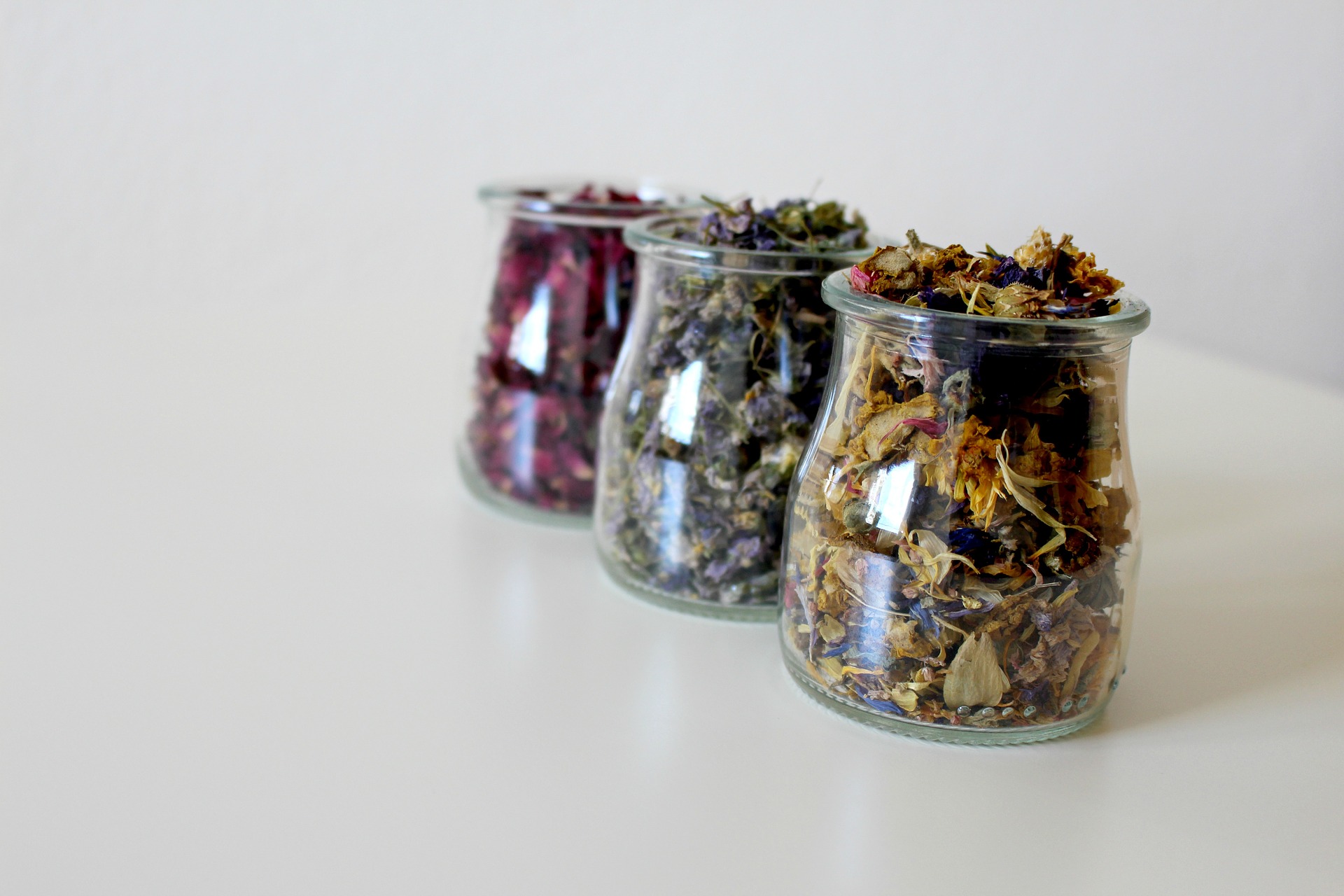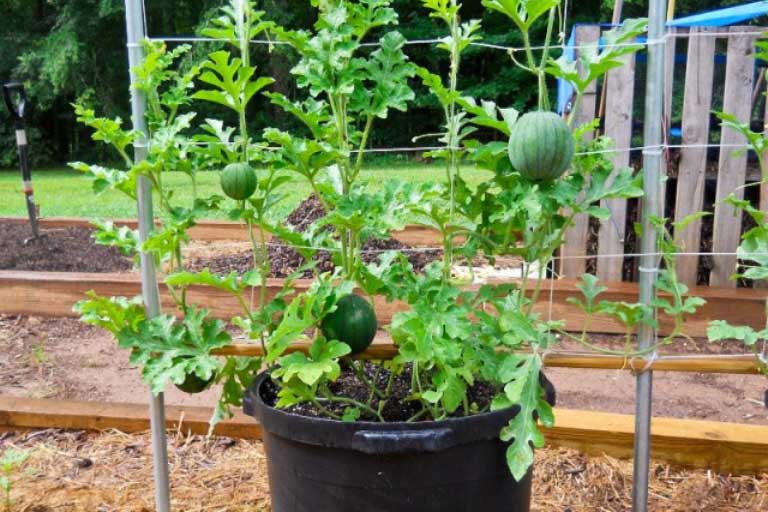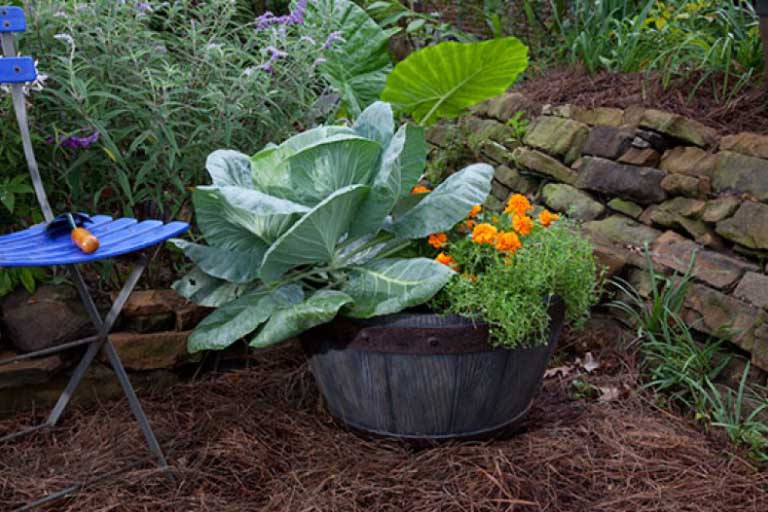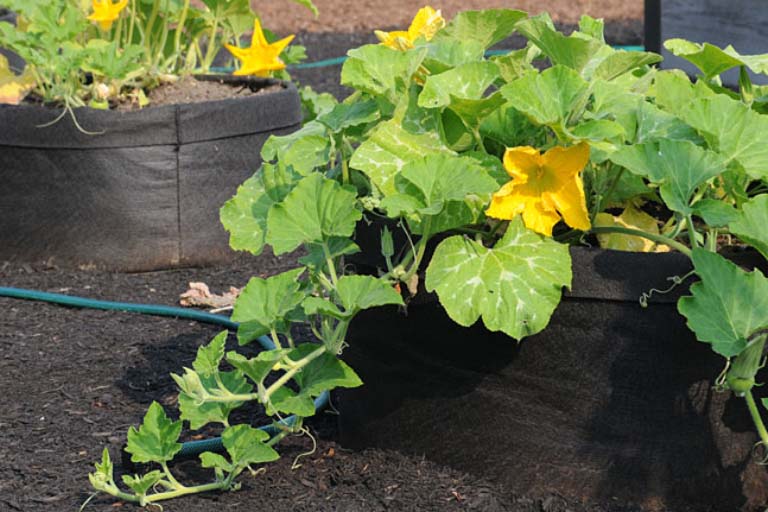You may not have a lot of space, but that doesn't mean you can't have a luxurious garden — especially if you're determined to make every inch count. Container gardening is a great way to bring fresh plants into a smaller space. It can also provide a wide variety of benefits to you and your home. From potential health benefits to saving money, this is a gardening method that's plausible for just about anyone. If you have a green thumb and a drive to plant your own veggies and flowers, container gardening just might be for you.
The best part of this kind of gardening is that you don't need an endless supply of space to have fresh vegetables and flowers. Instead, all you need is a few different kinds of pots, plants, and some soil, along with a little bit of information on what container gardening is in the first place.
What Is Container Gardening?
Container gardening is gardening through the use of containers instead of directly in the soil. You use different containers to plant different plants in a fraction of the space. It's a great way to garden, especially if you're living in a small space like an apartment. It's also an excellent alternative if the soil on your property is beyond repair due to damage, or if you live on a plot of land too small for growing many crops. No matter what your living situation is, you can have fresh flowers and vegetables with ease in a container garden.
It doesn't just give you great flowers and vegetables, though. Container gardening is greener, produces healthier plants, and promotes great family bonding. If you want to get started with container gardening, the first question you should ask yourself is what kinds of containers you should use.
What kinds of containers can you use?
What kinds of plants can you plant?
Should You Start a Container Garden?
If you're itching to add fresh flowers or vegetables to your life, but don't have a lot of space then yes. Container gardens are a great way to maximize the availability of fresh food in your life. You'll also know exactly how your food grew and where it comes from, providing peace of mind. Container gardening is excellent for any small space including patios, porches, sunrooms, and more.
On top of the freshness of your veggies, you'll also get to save money. A packet of seeds, some containers, and a large bag of dirt will be pennies compared to buying your own vegetables weekly. You can also can or pickle your vegetables, ensuring you have fresh food all year long if you live in colder climates. Container gardening is a great way to bring fresh food and savings into your life. How different from regular gardening is it, though?
How Is Container Gardening Different?
Besides the fact that you're working in a smaller space, and in pots instead of the direct ground, there are still a lot of differences. Instead of just watering the dirt, you'll know that the water you use is directly accessible to your plant life. This allows you to waste less water while yielding maximum results. You will also need to be sure that your containers are set up with great drainage options. Plants can drown, and that is the last thing you want for your plants. They can easily die from being over watered and your time and energy could go to waste.
Some plants require a higher pH soil than others. In a traditional garden it's difficult to regulate a specific pH to one spot, but in a container garden, it's incredibly easy to do. You can adjust the pH per container, ensuring that each plant is thriving with their preferred conditions. You will need a pH test kit and either some lime or calcium carbonate to adjust the pH properly for each plant. Ensuring that the pH is correct allows you to encourage maximum growth in the plant, giving you a larger harvest.
You can also very easily provide enough water for each plant, whereas with traditional gardening many gardeners just spray their plants down. This may leave plants that need additional water thirsty, and plants that only need a little water drowning. Overall, container gardening provides more control over your plants and their growing cycles. This allows you to feed, water, harvest, and regrow plants in a timely fashion. Are there more benefits than just great food though?
What Are the Benefits?
There are some great benefits to starting a container garden beside getting fresh, delicious, and safe food without leaving your home. From health benefits to family bonding, container gardening can be a wonderful way to improve your life. Along with that, it provides you an easy way to access a more healthy diet and promotes better mental health.
Plants have been proven to make a positive psychological impact on your health just by being in your vicinity. You won't only be bringing great fresh food into your home, your brain and body will react positively to having plant life around. You don't need a lot of plants to make a difference in your health, either. There's a reason it's suggested to get a plant for your desk at work. Plants promote a positive and healthy mindset. The dinner table and your health aren't the only things a container garden can change, though.
You can start this garden with your family as well. This makes sure everyone is responsible for it, and if you have kids, they can even help out. You'll teach them all about growing different plants, the cycle of life, and how to reap what they sow. They'll also learn about living more sustainably, which provides them skills many children don't attain. Not only is container gardening a great learning experience, but you also get to spend time with your kids and encourage a love of growing things, giving you both a hobby that you can work on together. Container gardening can provide a great bonding environment for a family. Unfortunately, there are a lot of reasons people fail at container gardening, killing their plants and any hope for a strong harvest.




Leave a Reply